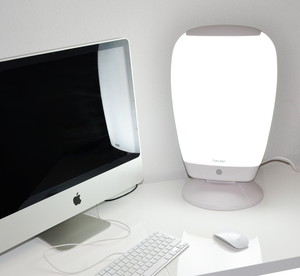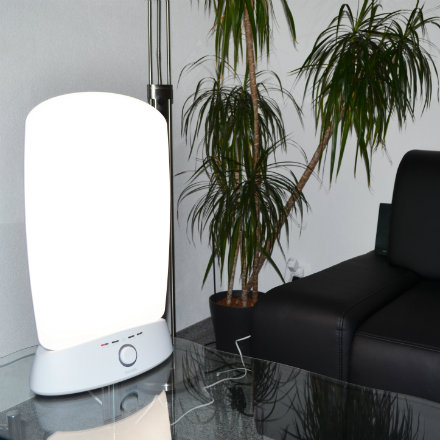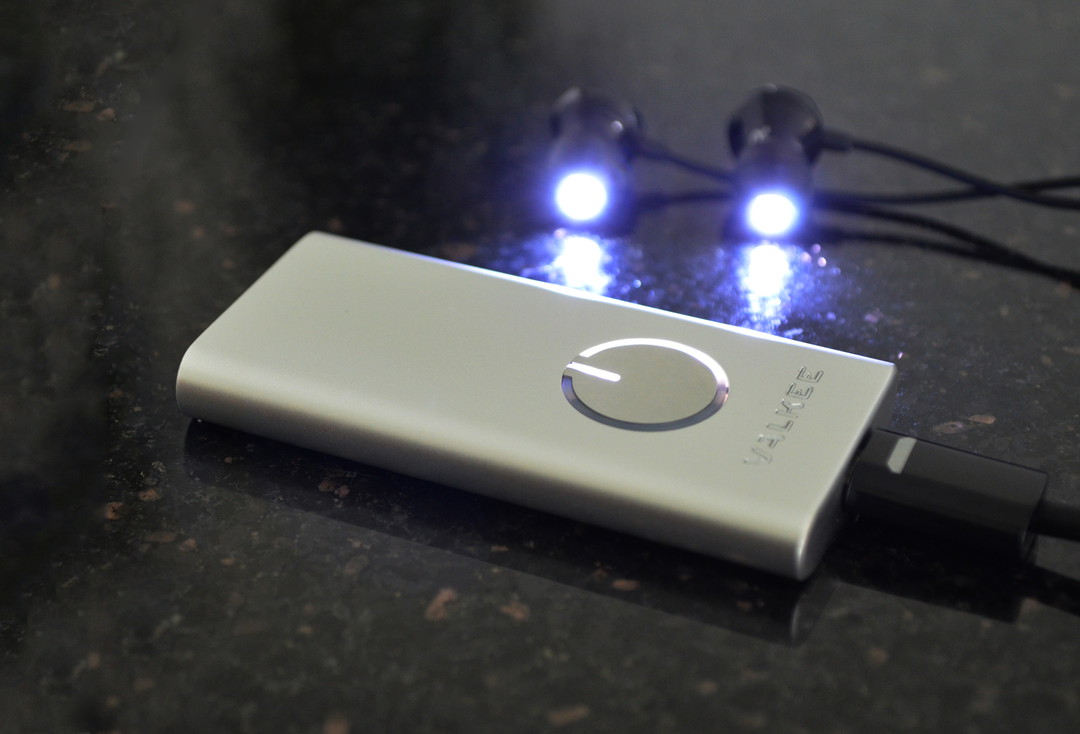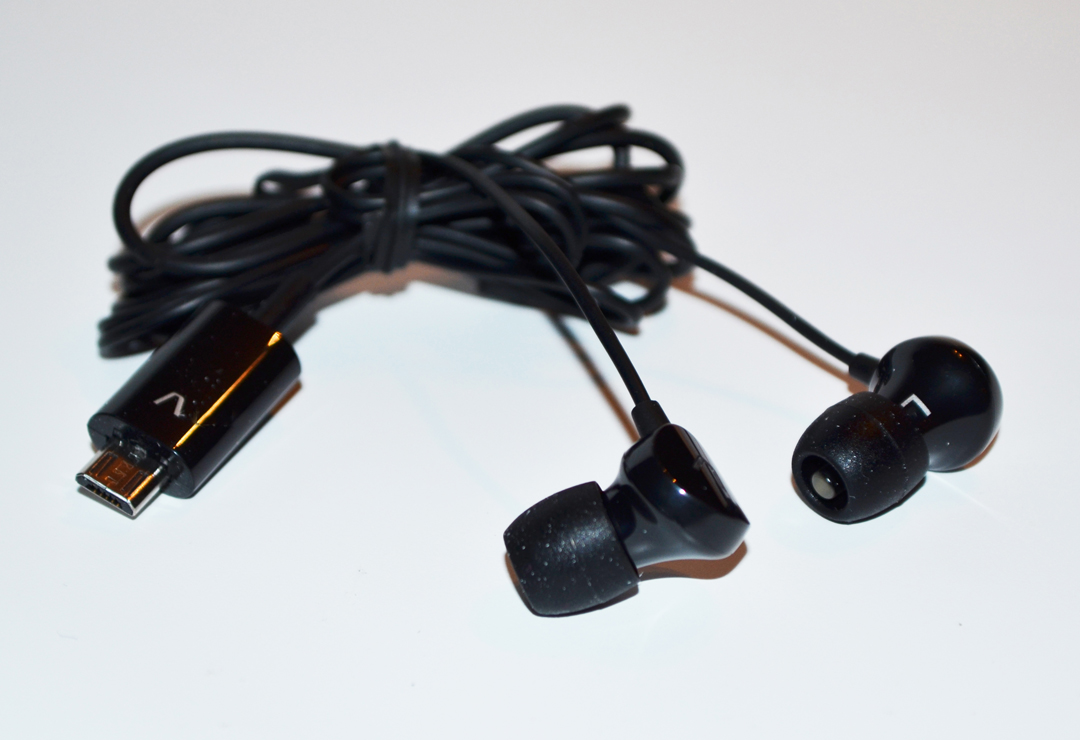First of all: several internal rhythms exist in the body. The body temperature, the sleep wake cycle, and the awake rhythm are based on a cycle of about 24 hours. Hence the word circadian (from circa, meaning one day). The lunar cycle, for example, adheres to a different rhythm.
A central core of our internal biological clock sits in the brain and is called the suprachiasmatic nucleus (SCN). This core controls the changes in the body based on the various signals. The signals can come from the body itself, but also from the outside. The outer light dark cycle, for example, supplies the body with important information.
Light and darkness are mainly perceived by the eyes. Consequently, our eyes don't merely consist of rods and cones, which help us see shapes and colors. They also contain circadian photoreceptors, which constantly inform the SCN about how much or little light exists in the outside world. That's how the SCN can then send signals to the other organs of the body in order for them to respond accordingly. However, light-sensitive cells are not exclusive to the retina, but also exist in the brain. They are called opsins.
Before the use of electric lighting, people lived according to the rhythm of the Sun or used additional light sources of relatively weak performance. Their biological clock did not receive sufficiently strong pulses of light that did not relate to the external light dark cycle. The use of electric lighting as well as the industrialization and the growing needs of our 24/7 society significantly impaired the synchronization of our internal clock and the light dark cycle. Nowadays, many people suffer from the body no longer being in line with the external signals.
Especially night shift workers experience this quite considerably. The consequences of long time zone flights that have become known as 'jet lag' show how even a slight shift of the sleep wake cycle can affect one's health and performance. All these are signs of the biological clock 'being out of sync'. Fortunately, there are ways to reduce the consequences with the help of targeted use of light or darkness. It has been proven that this can be achieved with artificial daylight. Light therapy involving lamps with around 10,000 Lux output has proven effective in alleviating jet lag. It helps shift workers adapt their rhythm and reduces the symptoms of the winter blues.
Wellnessproducts > Light therapy
Our circadian rhythm is closely associated with lightMany signals of our body are based on our biological clock. This inner rhythm of ours controls the way we function during the day and explains why we wake up tired in the morning. Or why we lack the energy right after lunch and sleep best when it is dark outside.
 Published on 17.09. by  Light therapy Light therapyDo rainy days or the dark winter months leave you feeling a bit gloomy? Try using a light therapy machine to add some natural light to your life - revitalizing and reenergizing your mood.  Valkee 2 Light Therapy Device - Silver, 8 x 4 x 2 cm, CHF 199.00 Valkee 2 Light Therapy Device - Silver, 8 x 4 x 2 cm, CHF 199.00Portable led light box Valkee2: bright light headset |
- FREE DELIVERY (ECONOMY)
- Safe shopping: Payment with invoice, credit card, Paypal or Postfinance
- Warehouse in Switzerland (Widnau SG)


 Valkee1 silicon ear plugs - only for Valkee 1, CHF 14.00
Valkee1 silicon ear plugs - only for Valkee 1, CHF 14.00 Extra Headset for Valkee2, CHF 59.00
Extra Headset for Valkee2, CHF 59.00